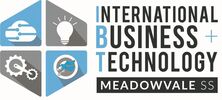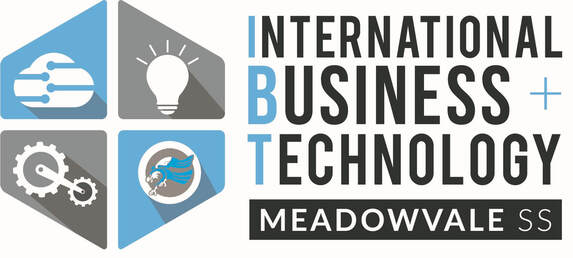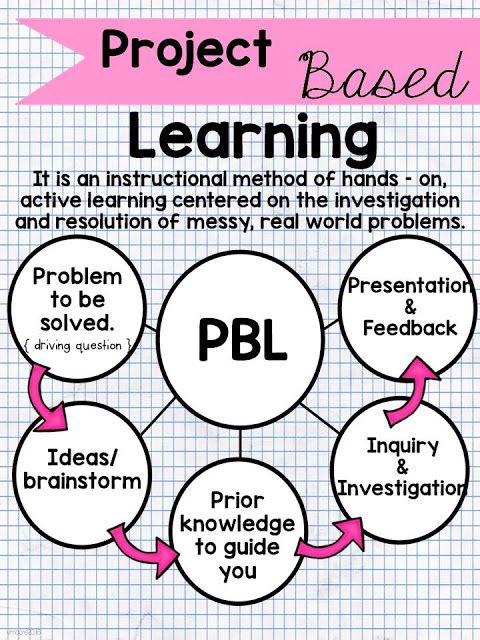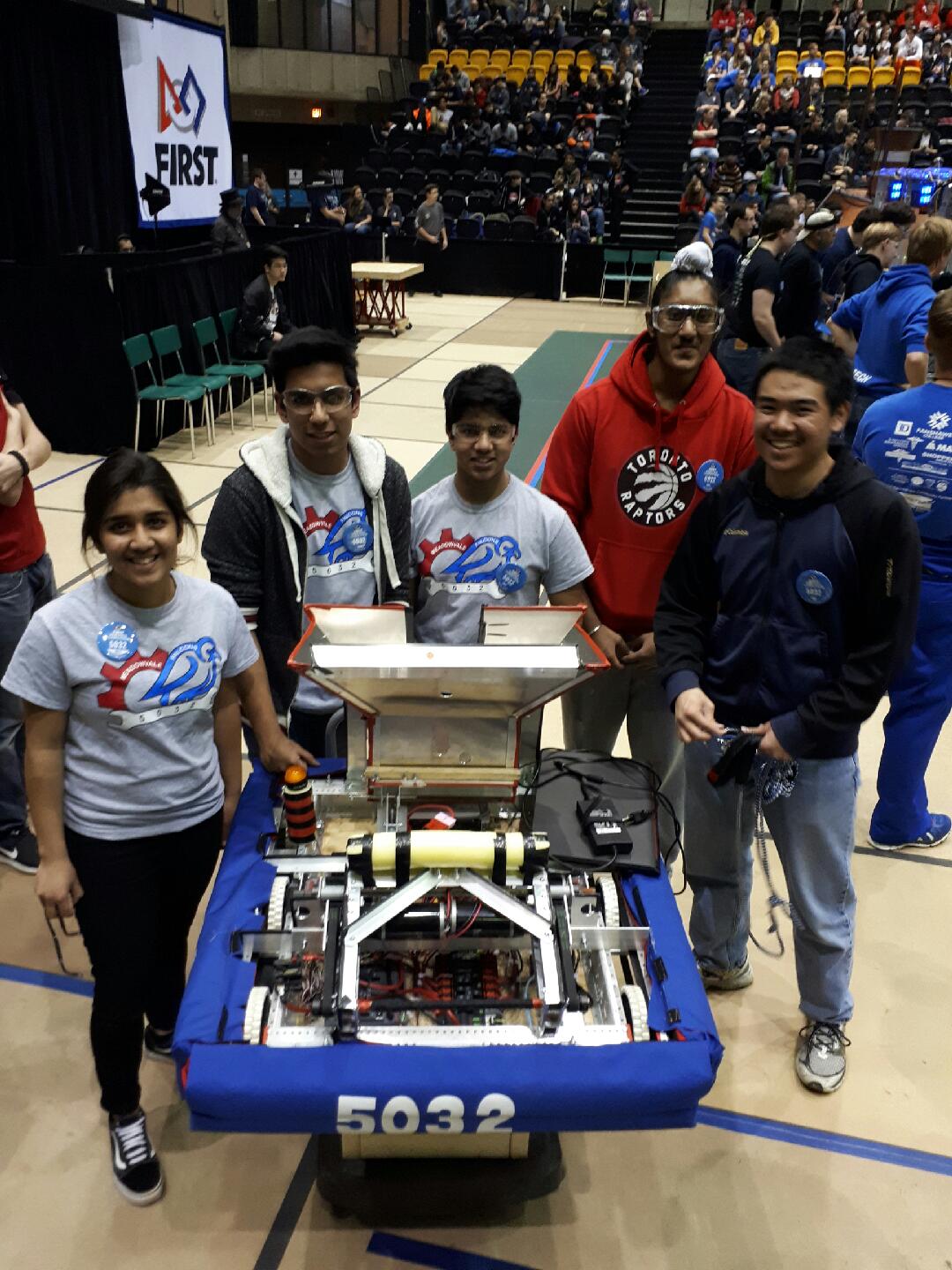What is Project Based Learning?Project Based Learning with Technology (PBLT) is a means for students to collaborate with their peers while thinking creatively in real-world contexts. Rather than being given the answer, or finding it on the internet, students engage in meaningful tasks using inquiry to help them acquire a deeper understanding. In the IBT program, technology is used as a constant tool to help students with their inquiries, collaborate not only with their classmates but with the larger community of experts, and to demonstrate their learning in innovative ways. "In Project Based Learning, in order for students to learn something, they must do something" (Boss, 2015).
|
Our GoalIn our changing society and economy, students need the skills to be life long learners, who can develop their knowledge base with the current pace of change. Rather than just absorbing information, they need to be able to use what they have learnt in new, innovative ways. "Students in school today can expect to have more than eleven different jobs between the ages of eighteen and forty-two (Trilling, 10). Our goal through PBL is to help shape students who are flexible learners, and who have the skill set to adapt their learning to real world problems.
|
Project Based Learning
|
|
"Each learner is curious, competent and able to take
an active role in their own learning".
- Empowering Modern Learners, 2016.
Exploring learning with Passion Projects
|
In support of Peel DSB 'Empowering Modern Learners' document, in the 2018-19 school year the IBT program will be embarking in a 'Passion Project' model within the Grade 9 cohort.
What will that look like?
|
Moore (2016)
|
IBT students participating in the
|
Some examples of Project Based Learning
|
References
Ball, C. L. (2016). Sparking Passion: Engaging Student Voice through Project-Based Learning in Learning Communities. Learning Communities Research
and Practice, 4(1), Article 9. Available at: h p://washingtoncenter.evergreen.edu/lcrpjournal/vol4/iss1/9
Boss, S. (2015). Powering up learning with PBL plus technology. In J.E. Bellanca (Ed.), Deeper learning: Beyond 21st century skills (pp. 111-136).
Bloomington, IN: Solution Tree Press.
Buck Institute for Education (2010). Project-Based Learning Explained. (video file). Retrieved from
https://www.youtube.com/watch?v=LMCZvGesRz8&t=9s
Millard, Christy. High Schoolers Create Catapult to Help Student Play Dodgeball. (2017).
Moore, Vicky (2016). Retrieved from http://www.teachingandmuchmoore.com/2016/03/project-based-learning.html?m=1
Trilling, B. & Fadel, C. (2009). Part One: What is 21st century learning? In B. Trilling and C. Fadel (Ed.), 21st Century skills: Learning for life in our times
(pp. 3-40). San Francisco, CA: Jossey- Bass.



